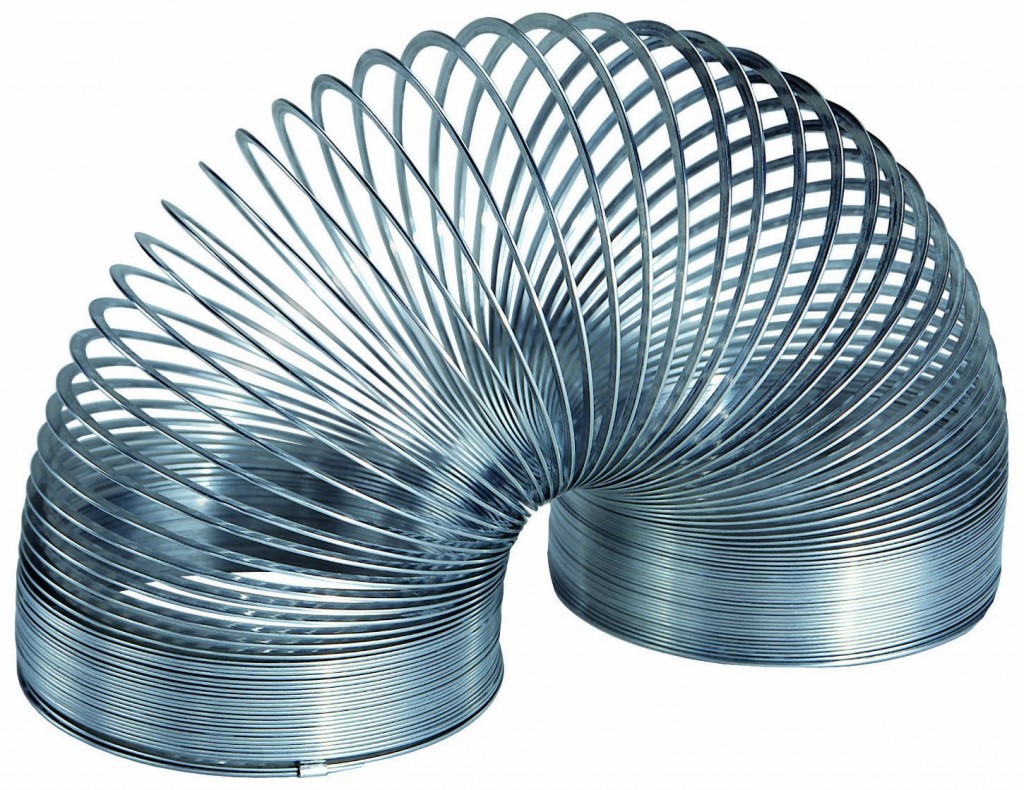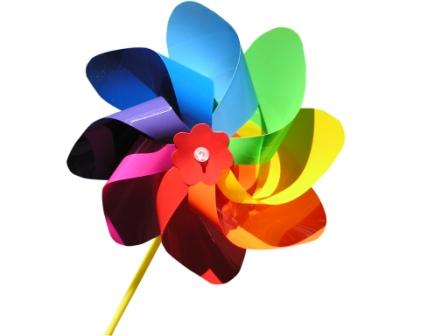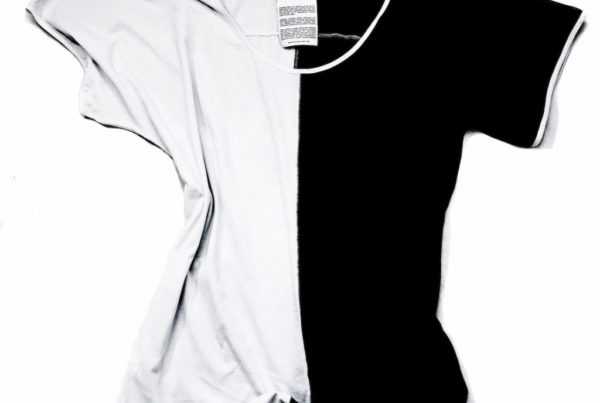Have an old slinky collecting dust in the kids’ toy box? Pull it out and teach a quick lesson on the two types of waves.
1. Loosely stretch the slinky across the floor or long table with you holding one end and your child holding the other.
2. Create a transverse wave by shaking one end of the slinky horizontally across the floor or table. Continue shaking back and forth to set up a series of transverse waves that will move from one side of the slinky to the other.
3. Have your child identify the crests and the troughs of the waves.
4. Also explain that in a transverse wave the energy moves perpendicular (at right angles) to the motion of the medium. They can see the medium (the slinky) move side to side while they feel the energy being transferred from your hand to theirs. Help them to see that the motion of slinky and energy are in different directions.
5. To make a longitudinal or compression wave, make a quick shoving motion with the slinky toward the person at the other end. You should be able to see a compression travel along the slinky between your hand and the person on the other end. Continue making compression waves in the slinky for your child to observe.
6. Have your child identify the compression and the rarefaction (see below).
7. Explain that in a longitudinal or compression wave the energy moves in the same direction as the motion of the medium. In this case, they should see that both the slinky and the energy from your push are both traveling in a straight line between your hand and theirs.
If you are trying this with small children it may be difficult for them to identify the motion of the medium vs the energy. At lower grade levels, just focus on the fact that there are two different kinds of waves and how they look different. If your child is ready for new terms, help them identify the parts of one or both types of waves.
Finally, for all children, extend the lesson to brainstorm where they have observed (or how they can make) transverse and longitudinal waves in different types of media (water, rope, air, etc.)






